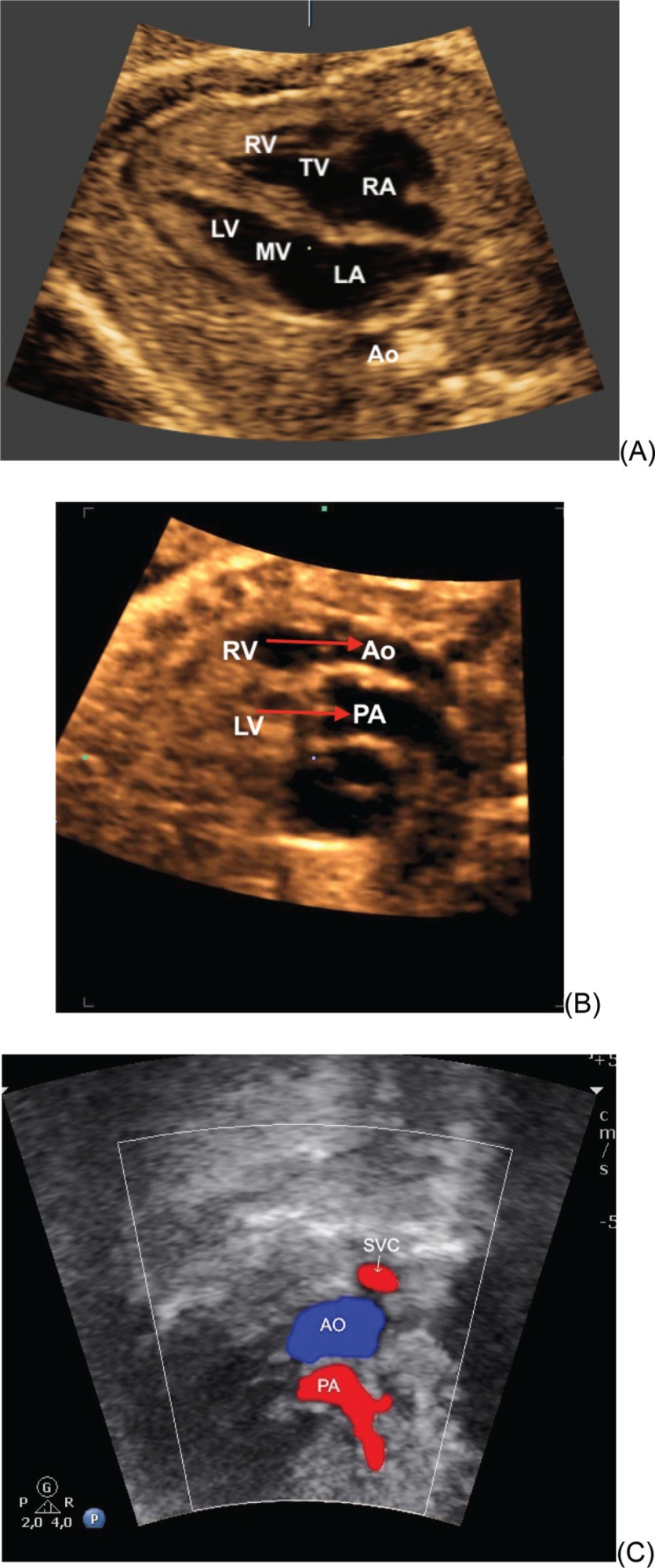Revista Brasileira de Ginecologia e Obstetrícia. 2023;45(2):055-058

Congenital malformations are a major cause of miscarriage, perinatal mortality, prematurity, childhood death and disability worldwide. The well-being of each affected child with a birth defect depends primarily on which organ or body part is affected and how severely. The World Health Organization (WHO) estimates that approximately 295,000 newborns die each year as a result of congenital anomalies during the neonatal period. The development of research in this area, the early diagnosis of birth defects, the promotion of prenatal screening programs, and the development of preventive public health strategies are important tools with great impact on the prognosis of these defects. The most common birth defects are cardiac anomalies, neural tube defects and trisomy 21.,
The prevalence of congenital heart disease (CHD) has been increasing worldwide, especially in the last 15 years.– The literature shows that the incidence of CHD varies with the type of population studied, ranging from approximately 4 to 10-12 cases of CHD per 1000 live births.– In this scenario, for example, CHD may be twice as common in premature infants and up to five times more common in infants born to mothers with pregestational diabetes., The Centers for Disease Control and Prevention (CDC) estimates that there are approximately 40 thousand new cases of CHD per year in the United States, and the WHO estimates that there are approximately 1 million cases of CHD per year., In Brazil, according to the statistics of the Instituto Brasileiro de Geografia e Estatística (IBGE) in 2010, the number of live births per year was approximately 3.2 million, and considering that 10 out of 1000 live births have CHD, we estimate that there are approximately 32 thousand new cases of CHD per year. Cardiac anomalies are an important cause of perinatal death related to birth defects and are the leading cause of mortality in the population under 20 years of age due to non-communicable diseases. These incidences highlight the importance of knowing the early diagnosis of congenital heart disease for its therapeutic management. It is also important to emphasize that the development of CHD is multifactorial, involving both genetic and environmental factors. In this setting, prenatal sonographic cardiac screening, which involves obstetricians, radiologists, and fetal medicine subspecialists, is an important tool for suspecting cardiac defects in high-risk and especially low-risk pregnant women.
[…]
Search
Search in:


Comments